PART TWO – India and the World Legacy
In the second part of the two-part series, Vaidehi Savnal, Coordinator, International Relations, CSMVS, shares with ReReeti, some more details about one of the most successful collaborative exhibitions, held in India.
The ‘India and the World: A History in Nine Stories’ exhibition has seen a phenomenal response. Over 1,00,000 visitors have seen the exhibition and about 70 schools and colleges have visited the exhibition with their students in the first 8 weeks. The students of Sophia College, Mumbai left a very heartfelt note saying, “It was an extremely informative exhibition which helped us gain a new perspective. Thank you for the experience.”
In November 2015, the CSMVS in collaboration with the British Museum, London had hosted a Workshop in Mumbai to mark 10 years of the British Museum’s International Training Programme. The theme of the workshop was ‘Creating museums of world stories’ and was based on the model of the ‘India and the World’ exhibition and was attended by forty participants representing nearly 20 odd countries. The idea was that the workshop would act as an incubator for global curators to brainstorm and debate around proposals to develop new forms of ‘encyclopedic museums’ that might be created beyond Europe and North America. These museums, or perhaps in the first instance exhibitions, would present familiar local, national histories in the context of global stories. A legacy of this workshop manifested through a project ideated by some of the participants, including Manisha Nene, Assistant Director, CSMVS where the city of Bristol was selected and an exhibition ‘Bristol: the bigger picture’ was planned that will be curated for public viewing in the U.K.
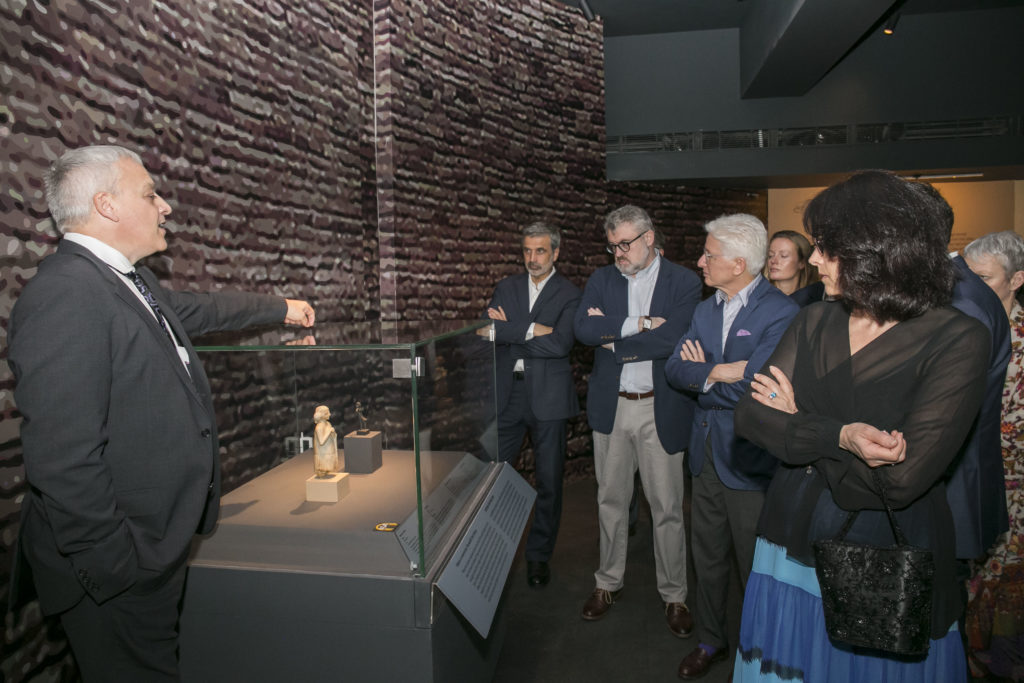
Visit of the Bizot Group of international museum directors to the ‘India and the World: A History in Nine Stories’ exhibition ©CSMVS, Mumbai
In November 2017, the CSMVS hosted the 2017 World Meeting of the Bizot Group, an international group of Museum Directors representing some of the largest Museums of the world who met to see this path-breaking exhibition and to also participate in discussions on various museum-related issues such as cultural policy, conservation and partnerships. Some of the prominent Museums that are a part of the group are the Los Angeles County Museum of Art (LACMA), Museum of Modern Art (MOMA), the Smithsonian, Tate, British Museum, the Victoria and Albert Museum (V&A,) the National Galleries of Scotland, the Louvre, the Pushkin Museum, the Hermitage, the Rijksmuseum and the Van Gogh Museum. In appreciation of the exhibition, Tony Ellwood, Director of the National Gallery of Victoria said, “Your exhibition was very well conceived and impressively interpreted and displayed”. In the words of Mark Mayer, Director of the National Gallery of Canada, “You should be very proud of your India & the World exhibition which is very fine indeed. The objects are all superlative and their juxtapositions were inspired.”
Romila Thapar, eminent Art Historian on visiting the exhibition said, “An exhibition that is both thought-provoking and beautifully displayed. My congratulations to the Museum.”
To hear more about what our visitors felt, we put together an interactive feedback mechanism. Through a few prompts, visitors were encouraged to leave us their thoughts through post-its. From their favourite objects and sections to their thoughts on ‘What India and the World means to me’, the interactive gave us a good sense of the pulse of the visitors. Some of the most popular objects amongst the visitors have been highlighted below.
Olduvai handaxe, Quartz, 800,000 – 400,000 years old, Found in Olduvai Gorge, Tanzania:
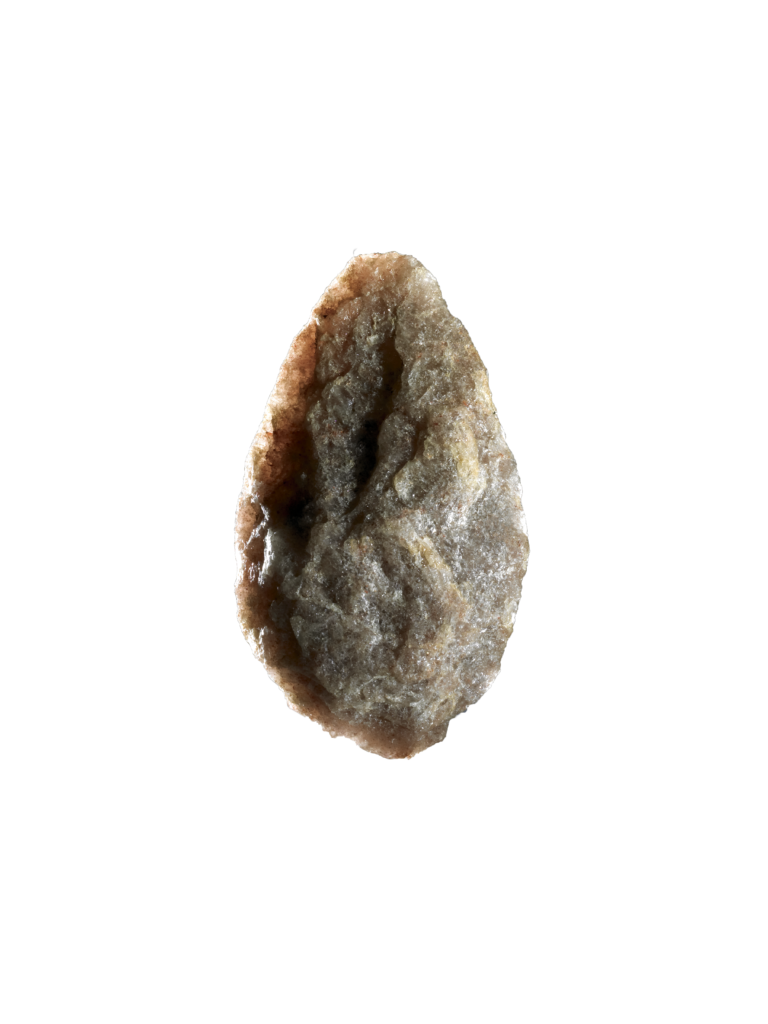
Olduvai handaxe, Quartz, 800,000 – 400,000 years old, Found in Olduvai Gorge, Tanzania
©The British Museum, London
This striking example of a handaxe is made of quartz, a difficult material from which to make tools because it is hard and unpredictable to work. In order to create its distinctive teardrop shape, the toolmaker would have had to hit it with considerable accuracy. Such a high degree of difficulty makes this a masterpiece of the toolmakers’ art.After the rough axe shape had been made, it was thinned and refined to create a symmetrical form. This added little to its usefulness and suggests that the skill invested in producing such beautiful handaxes may have had other purposes – they may have been status symbols or used in courtship rituals. By surpassing functional demands, handaxes may be said to represent the earliest indication of artistic endeavour.They also tell us something important about the people who made them. Conceiving and creating an object is a way of expressing ideas outside the mind, and activates the same areas of the brain used for language. Handaxes may be therefore a clue that speech was beginning to develop around this time.
Humped Bull of banded agate with gold horns, circa 1800 BC, Bhiwani Khera, Haryana, India:
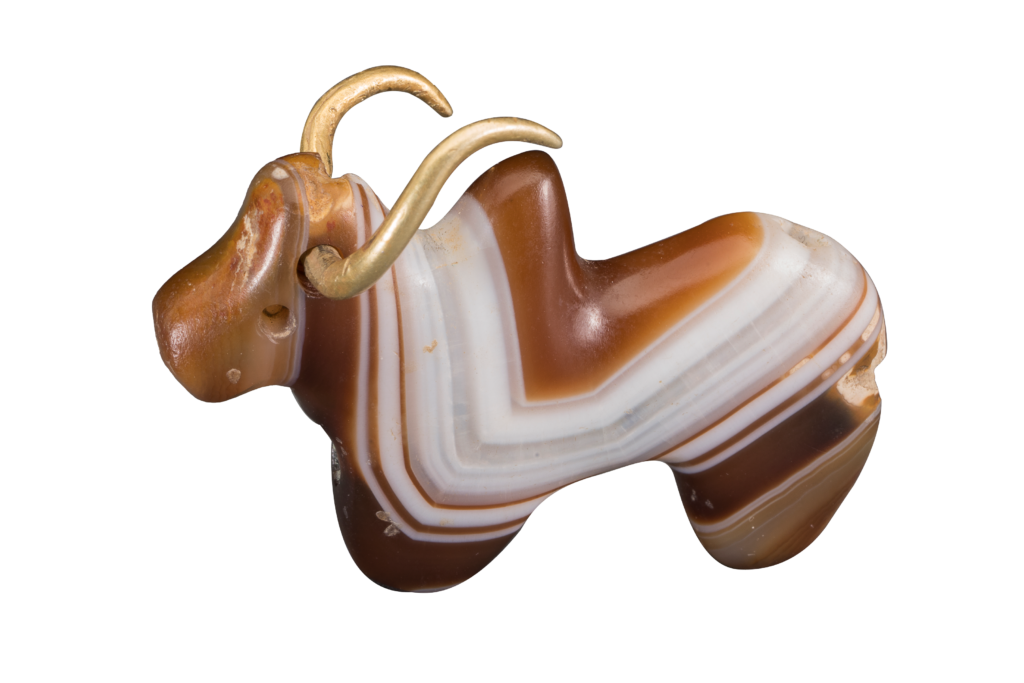
Humped Bull of banded agate with gold horns, circa 1800 BC, Bhiwani Khera, Haryana
©Directorate of Archaeology and Museums, Government of Haryana
This tiny object made of banded agate was found in a Harappan period site at Haryana. Agate itself was quarried in distant places such as Gujarat and Maharashtra. Particularly fascinating is that an artist in 1800 BC saw that bull in a larger matrix of the stone. It brings to mind an old story when asked how he created the magnificent sculpture of David, Michelangelo said that he only chiselled away those bits of the stone that didn’t look like David to him.
Festivities around the Relic of the Turban, Limestone, Satavahana – AD 150, Phanigiri, Telangana, India:
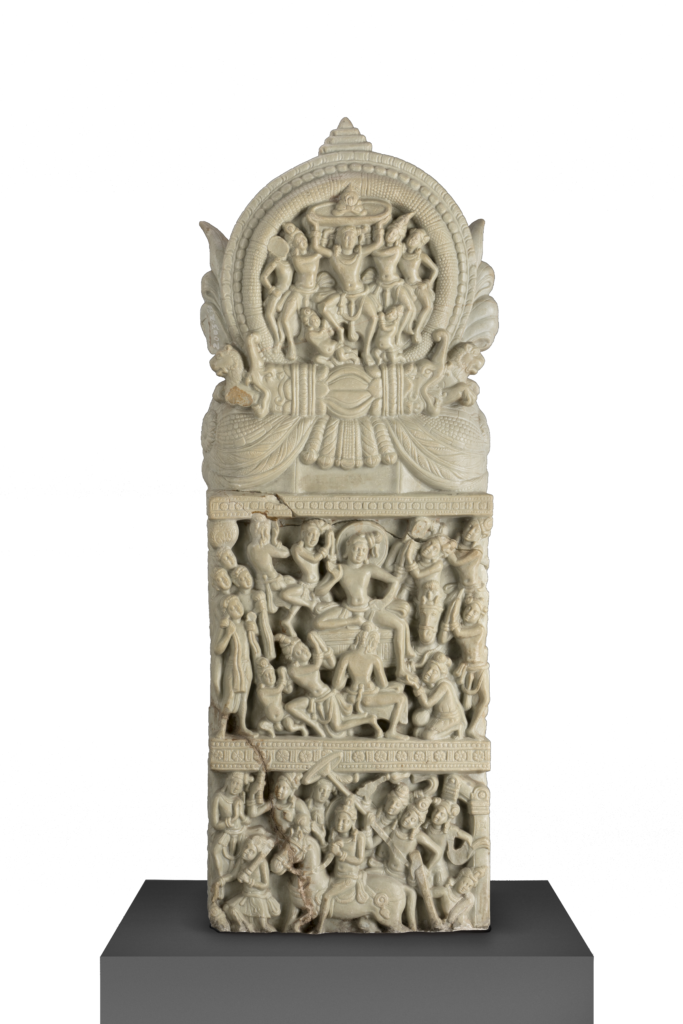
Festivities around the Relic of the Turban, Limestone, Satavahana – AD 150, Phanigiri, Telangana, India
© Directorate of Archaeology and Museums, Government of Telangana
This sculpture in the Amaravati style comes from the congregation hall of a Buddhist temple in the village of Phanigiri. In an age of empires when ideas of kingship were based on the assertion of power, this sculpture reveals a parallel concept from Indian philosophy of relinquishing power.A significant model for this was the Buddha or Prince Siddhartha who gave up the promise of kingship, symbolised by the removal of his kingly turban, to fulfil his quest for Enlightenment instead. And was makes this piece aesthetically powerful is that the scene itself is set inside the turban that Siddhartha left behind when he gave up power.
Throne of Weapons By Cristóvão Canhavato (Kester), Metal, wood and plastic, 2001, Maputo, Mozambique:
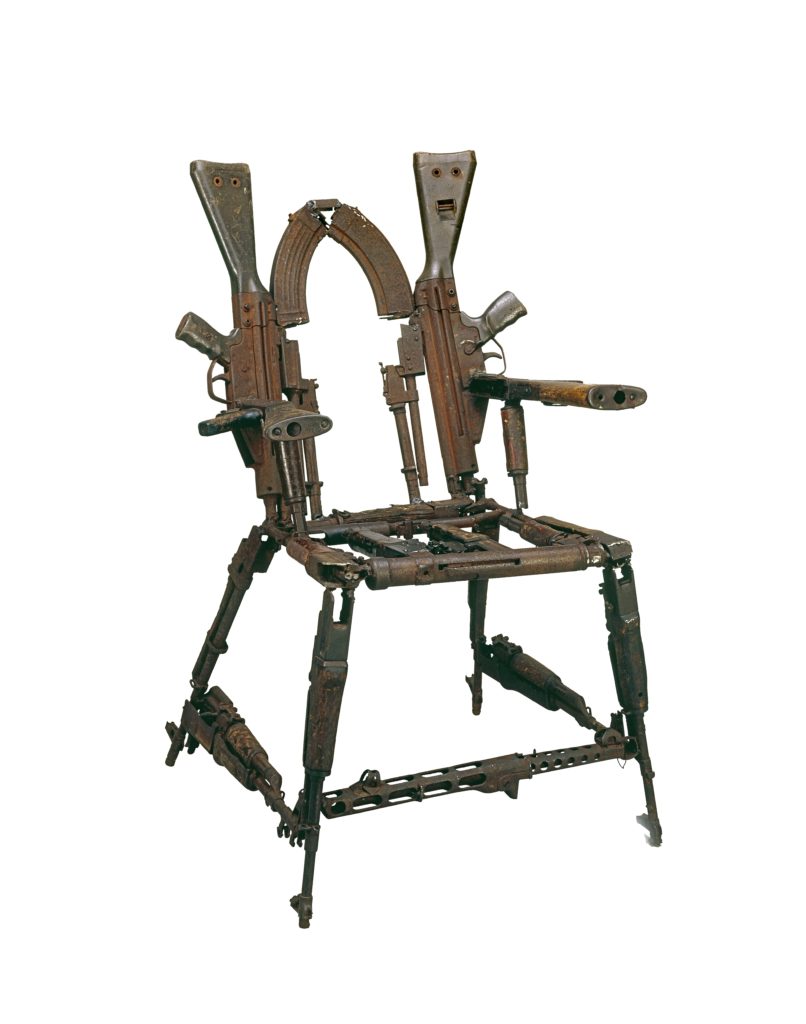
Throne of Weapons By Cristóvão Canhavato (Kester), Metal, wood and plastic, 2001, Maputo, Mozambique
©The British Museum, London
This throne is made from decommissioned weapons collected after Mozambique’s civil war (1976–1992). In 1995 the bishop DinisSengulane set up the Transforming Arms into Tools project, which encouraged people to exchange weapons for agricultural and construction tools. To prevent the guns being used again, the artist Kester has welded the weapons together into a throne. In Mozambique, thrones are traditionally the symbols of power and prestige, as well as of discussion and debate.
Unicode, By LN Tallur, Bronze, coins and concrete, 2011, Karnataka, India:
LN Tallur’s sculpture draws on the cyclical view of time in Indian traditions. Here, Shiva appears to be entombed in a ball of concrete and money. Perhaps intimating that these are the new gods of time and destruction, or that there is no god inside at all? ‘Unicode’ is the script used by computer platforms all over the world suggesting the potential for globalisation to reduce us all to sameness. Yet despite the universal pervasiveness of money and concrete, in its packaging of history and memory, Tallur’s Unicode’s remains unmistakably Indian.
The exhibition is on view from November 11, 2017 – February 18, 2018

Vaidehi Savnal
Vaidehi Savnal is Coordinator of International Relations at the Chhatrapati Shivaji Maharaj Vastu Sangrahalaya, Mumbai where she has been working for the past seven years. In the past, Vaidehi was supported by the Charles Wallace India Trust and the Inlaks Shivdasani Foundation at the International Training Programme, British Museum, London and has also pursued a secondment at the Wellcome Trust, London in the department of Touring Exhibitions and Public Programmes. She holds a Masters Degree in Ancient Indian History, Culture and Archaeology and postgraduate diplomas in Built Heritage Studies and Conservation and in Museology and Conservation.
ReReeti works with museums, galleries and heritage sites across India to plan strategies, design systems and implement programmes to increase audience engagement and institutional visibility. Email us at info@rereeti.org for a free consultation or to collaborate on an upcoming travelling exhibition.







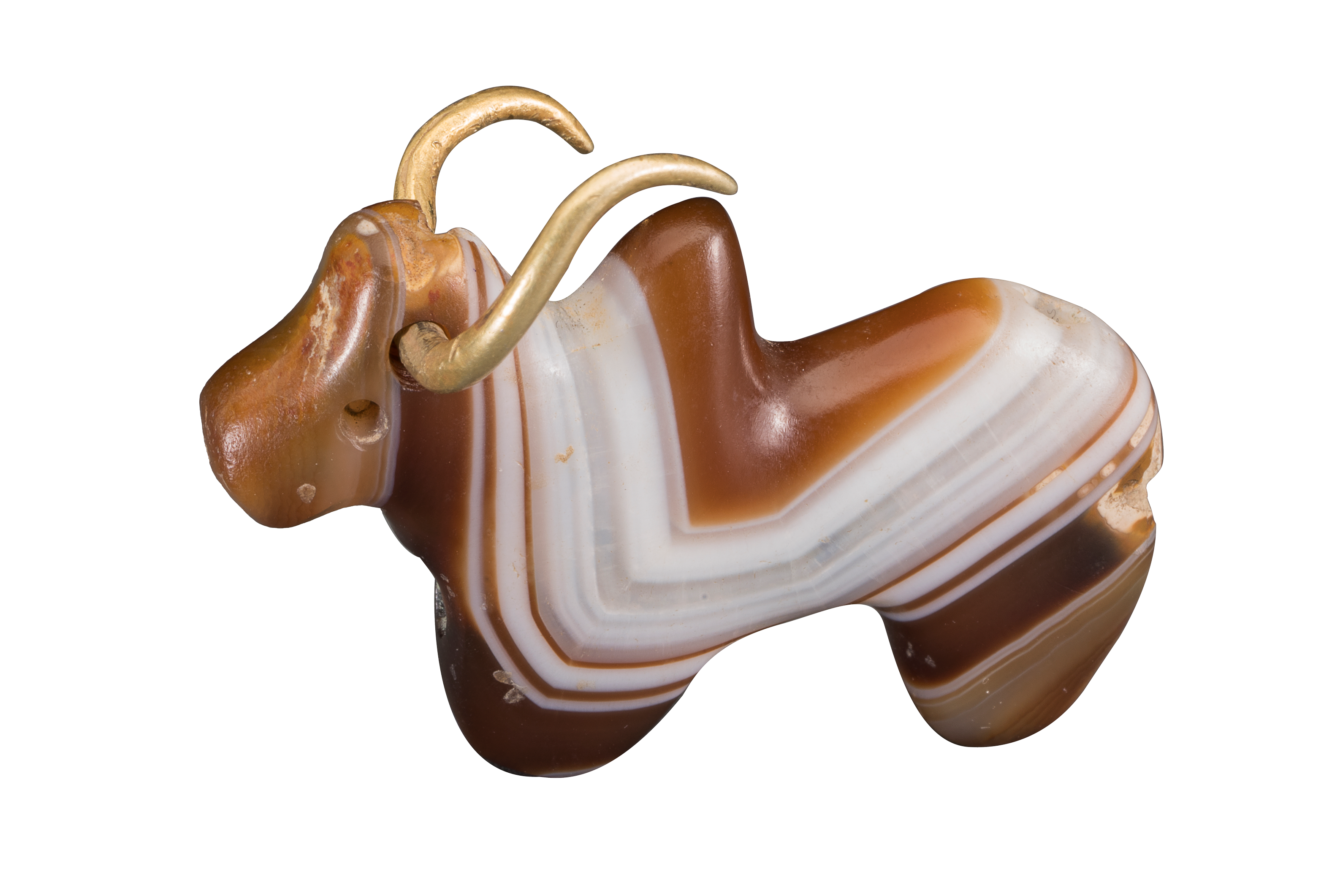
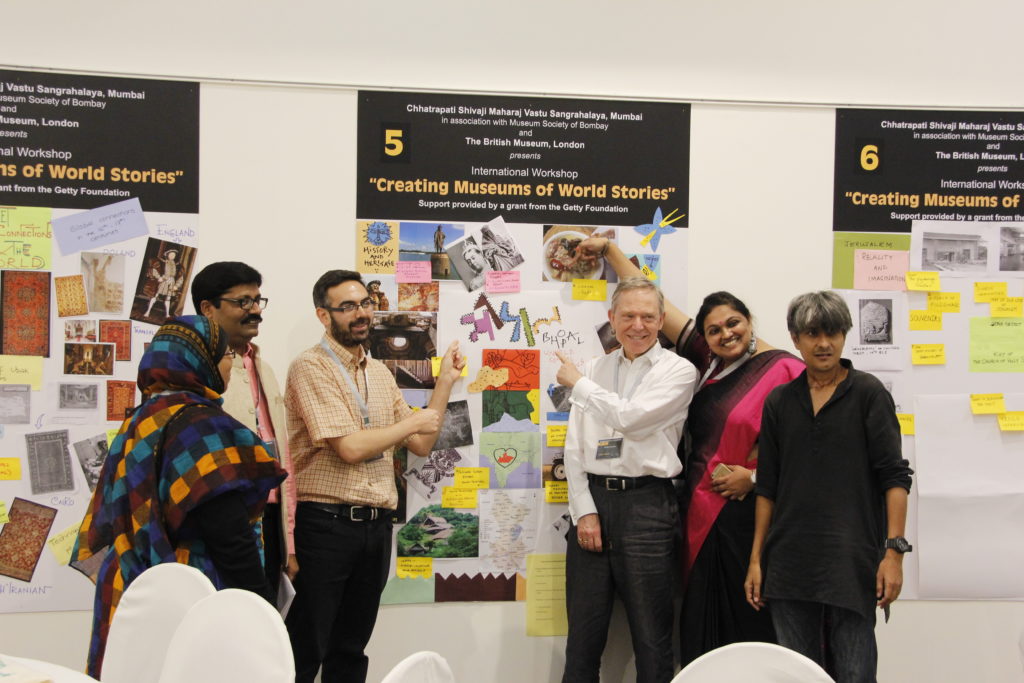
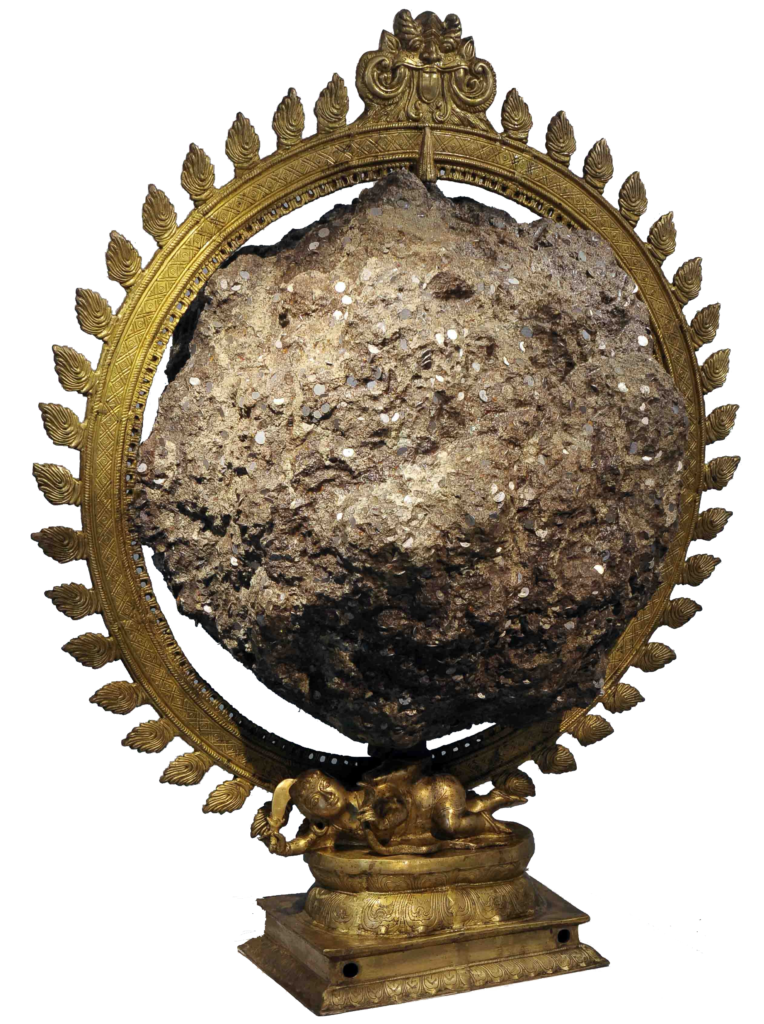
Recent Comments